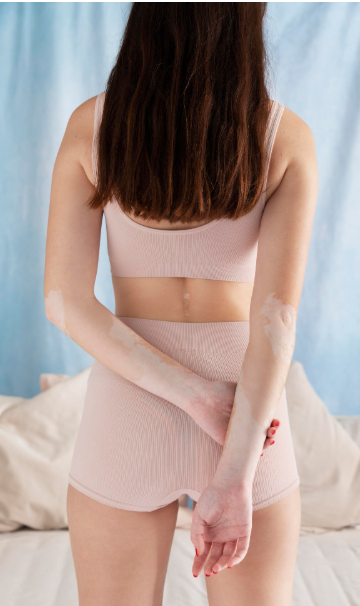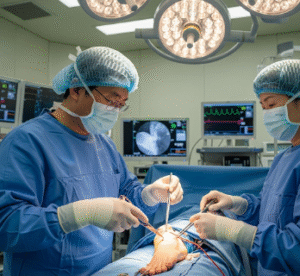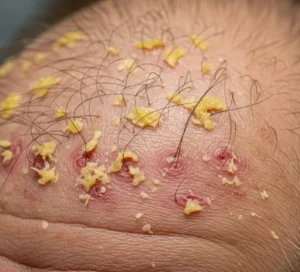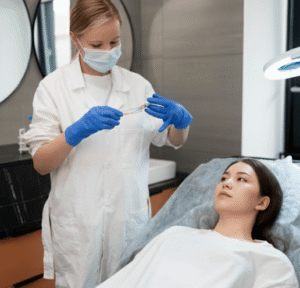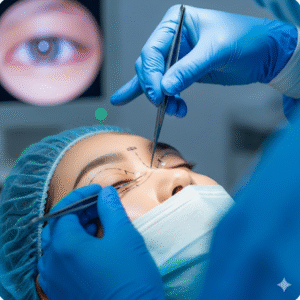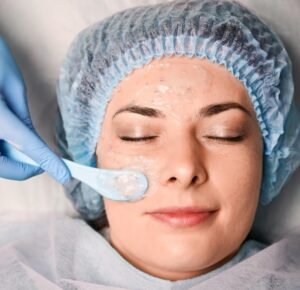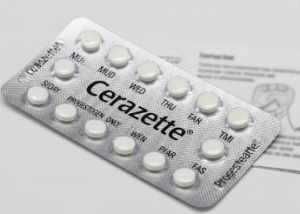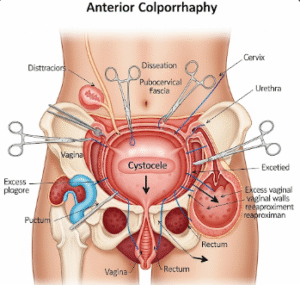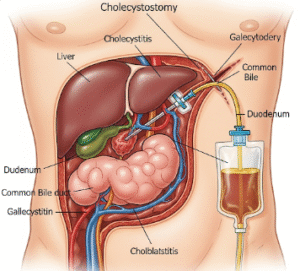Overview
Cellulitis is a common bacterial skin infection that affects the deeper layers of the skin and subcutaneous tissue. It usually presents with redness, swelling, warmth, and pain in the affected area. If left untreated, cellulitis can spread rapidly and cause serious complications. In Korea, patients benefit from early diagnosis, advanced antibiotic therapies, and specialized dermatology and infectious disease care.
What is Cellulitis?
Cellulitis is an acute bacterial infection of the skin and underlying tissues, most often caused by Streptococcus or Staphylococcus aureus. The infection enters through breaks in the skin, such as cuts, ulcers, insect bites, or surgical wounds. Unlike more superficial infections, cellulitis can spread quickly and may lead to systemic illness.
Symptoms
- Red, swollen, and tender skin (usually on legs, arms, or face)
- Warmth over the affected area
- Pain or tenderness
- Fever and chills in severe cases
- Blisters, abscesses, or pus (sometimes)
- Swelling of lymph nodes near the infection
Causes
- Bacterial entry through breaks in the skin
- Insect bites, scratches, or wounds
- Surgical incisions or medical procedures
- Chronic skin conditions (eczema, athlete’s foot)
- Poor wound care or hygiene
Risk Factors
- Weakened immune system (e.g., diabetes, cancer, HIV)
- Chronic skin diseases (psoriasis, eczema)
- Poor circulation or lymphedema
- Obesity
- Previous history of cellulitis
- Intravenous drug use
Complications
- Abscess formation
- Sepsis (life-threatening bloodstream infection)
- Necrotizing fasciitis (rare but severe tissue infection)
- Chronic swelling (lymphedema)
- Recurrent cellulitis episodes
Prevention
- Proper wound care and keeping cuts clean
- Moisturizing dry skin to prevent cracks
- Treating athlete’s foot and fungal infections promptly
- Wearing protective clothing to avoid injuries
- Managing chronic conditions like diabetes and poor circulation
Treatment Options in Korea
Korea provides high-quality treatment for cellulitis through its dermatology, infectious disease, and emergency care departments.
Medical Management
- Antibiotics (oral or intravenous, depending on severity) – commonly cephalosporins, penicillin derivatives, or clindamycin
- Pain relief and anti-inflammatory medications
- Intravenous fluids for severe cases
Wound and Skin Care
- Cleaning and dressing infected wounds
- Drainage of abscesses if present
- Specialized wound care clinics in Korean hospitals
Rehabilitation & Support
- Physiotherapy for patients with chronic lymphedema or swelling
- Education on skin hygiene and prevention strategies
- Long-term antibiotics in recurrent cases
Advanced Care in Korea
- Korea’s top hospitals use infectious disease monitoring systems for early detection of resistant bacteria
- Hyperbaric oxygen therapy (HBOT) is available in select hospitals for severe or recurrent infections
- Integrated care with dermatologists, vascular specialists, and rehabilitation doctors

